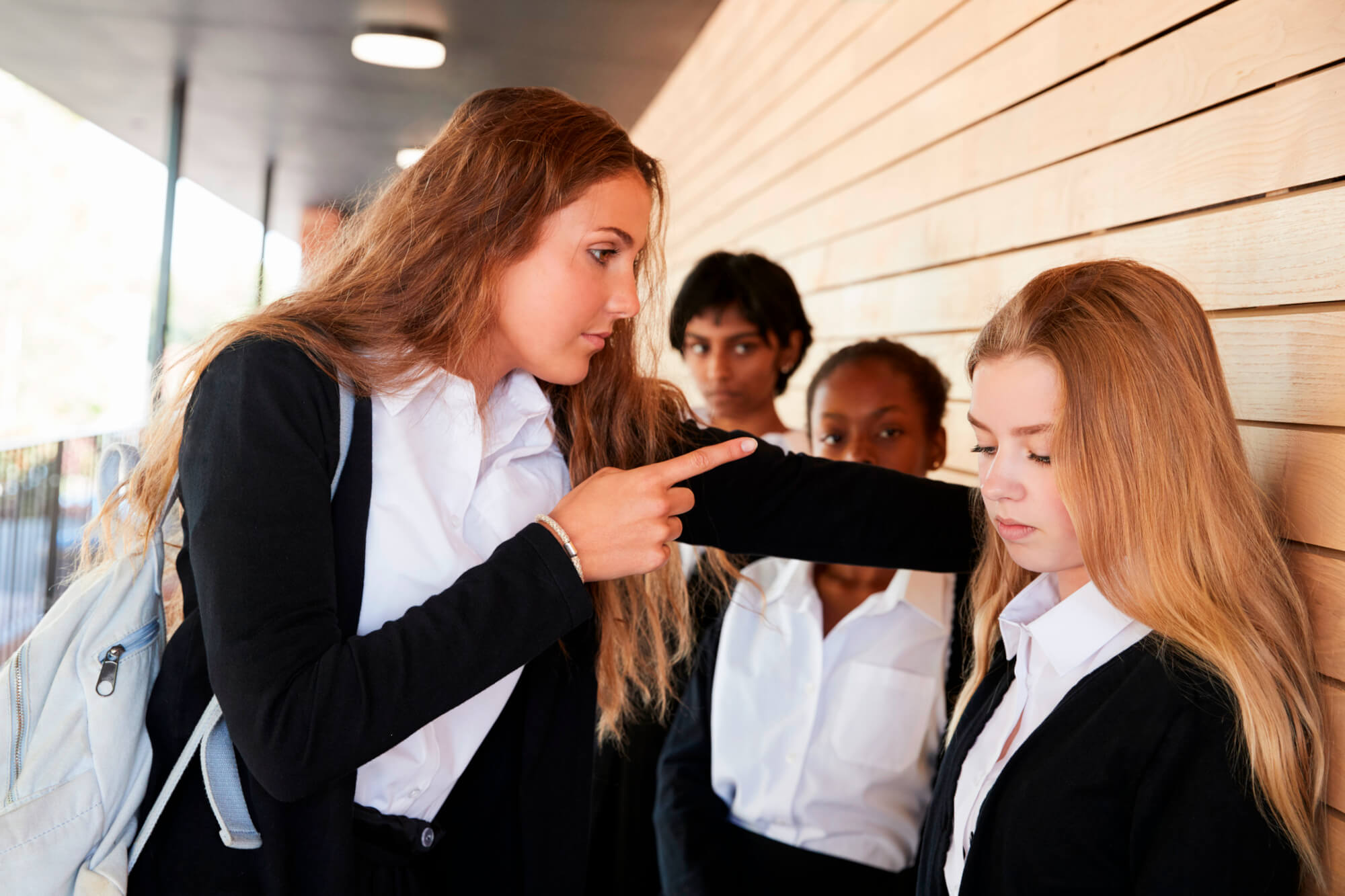Child-on-child abuse

Whilst often overshadowed by adult-perpetrated abuse, child-on-child abuse is a serious and complex issue that can have profound immediate and ongoing impacts on victims. It encompasses a wide range of harmful behaviours, including actual or threatened physical violence, emotional abuse, sexual abuse, and bullying.
Child-on-child abuse prevalence
Many cases of child-on-child abuse go unreported. This may be due to fear, shame, or a lack of understanding about what constitutes abuse however data also worryingly indicates the normalisation of these types of abuse, which young people accept as part of everyday life.
Children may also be subject to peer pressure, engaging in harmful behaviours to fit in with their peers or to avoid being bullied. An example of this is the growing craze of patterning, violent abuse specifically carried out with the deliberate intention of embarrassing victims even further by making the video footage across the web.
In addition, the rise of social media has led to an increase in cyberbullying and online harassment among children.
The impact of child-on-child-abuse
Victims of child-on-child abuse may experience long-lasting emotional trauma with consequences including anxiety, depression and difficulty forming healthy relationships.
Physical abuse can result in actual physical harm leading to injuries and long-term health problems.
As with all types of abuse, child-on-child abuse can also lead to academic difficulties and negatively impact a child's academic performance and concentration.
Child-on-child abuse - Prevention and Support
Schools play a pivotal role in creating safe and supportive learning environments for children. Here are some key steps schools can take to prevent and address child-on-child abuse:
Comprehensive Education
- Age-appropriate education: Implement age-appropriate lessons about healthy relationships, consent, and boundaries.
- Bystander intervention: Teach pupils how to recognise and respond to harmful behaviours.
- Online safety: Educate pupils about online harassment and cyberbullying.
Safe and Supportive Environment
- Positive school climate: Foster a positive and inclusive school culture where pupils feel safe and respected.
- Anti-bullying policies: Enforce strict anti-bullying policies and provide appropriate support for both victims and perpetrators.
- Conflict resolution: Teach pupils effective conflict resolution skills.
Staff Training
- Mandatory training: Ensure all staff members receive mandatory training on child-on-child abuse prevention, recognition, and reporting.
- Mental health awareness: Provide staff with training on mental health issues and how to support pupils in need.
Open Communication
- Encourage reporting: Encourage pupils to report any concerns or incidents of abuse.
- Confidential channels: Provide confidential channels for pupils to report abuse, such as a trusted adult, counsellor or via pastoral support systems.
- Parent involvement: Involve parents and guardians in their child's education and well-being.
Early Intervention
- Identify at-risk pupils: Implement strategies to identify pupils who may be at risk of abuse e.g. pupils with SEND or who are exhibiting concerning behaviours.
- Provide support: Offer support services to pupils who are experiencing or witnessing abuse.
- Collaborate with agencies: Work closely with local agencies such as children’s social care, the police to ensure appropriate and timely intervention / support.
Continuous Review and Improvement
- Regular assessments: Conduct regular assessments to evaluate the effectiveness of prevention programs.
- Data analysis: Analyse data to identify trends and areas for improvement.
- Policy updates: Review and update policies and procedures as needed to address emerging issues. (A sample Child-on-Child Abuse policy is available in the SSS Learning library).
By implementing these strategies, schools can create safe and supportive environments for pupils, helping to prevent and address child-on-child abuse.
SSS Learning Safeguarding Director
9 October 2024